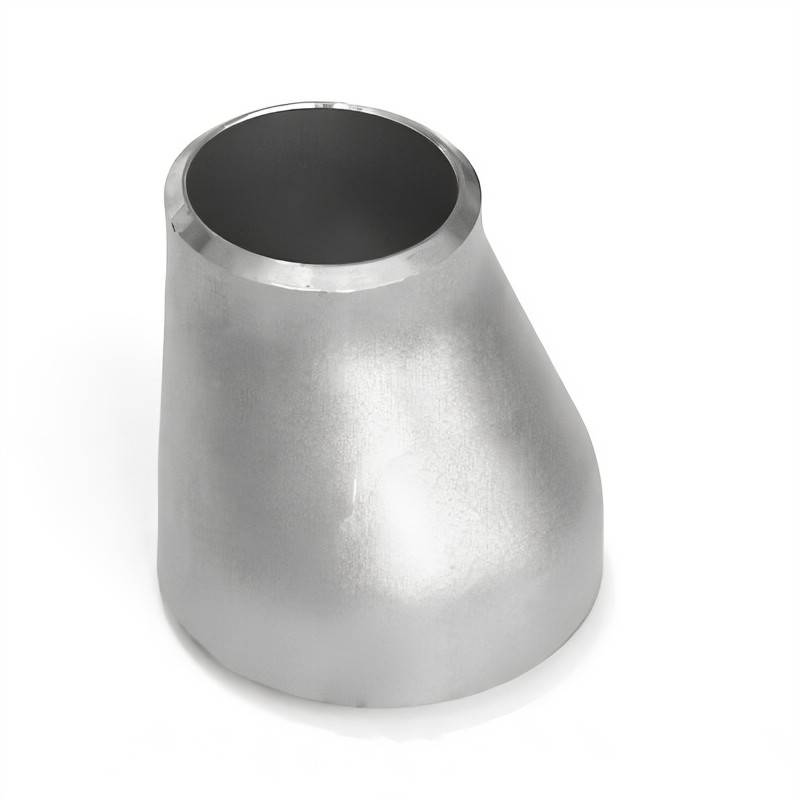-
Cangzhou Yulong Steel Co., Ltd.
-
Phone:
+86 13303177267 -
Email:
admin@ylsteelfittings.com
- English
- Arabic
- Italian
- Spanish
- Portuguese
- German
- kazakh
- Persian
- Greek
- French
- Russian
- Polish
- Thai
- Indonesian
- Vietnamese
- Zulu
- Korean
- Uzbek
- Hindi
- Serbian
- Malay
- Ukrainian
- Gujarati
- Haitian Creole
- hausa
- hawaiian
- Hebrew
- Miao
- Hungarian
- Icelandic
- igbo
- irish
- Japanese
- Javanese
- Kannada
- Khmer
- Rwandese
- Afrikaans
- Albanian
- Amharic
- Armenian
- Azerbaijani
- Basque
- Belarusian
- Bengali
- Bosnian
- Bulgarian
- Catalan
- Cebuano
- China
- China (Taiwan)
- Corsican
- Croatian
- Czech
- Danish
- Esperanto
- Estonian
- Finnish
- Frisian
- Galician
- Georgian
- Kurdish
- Kyrgyz
- Lao
- Latin
- Latvian
- Lithuanian
- Luxembourgish
- Macedonian
- Malgashi
- Malayalam
- Maltese
- Maori
- Marathi
- Mongolian
- Myanmar
- Nepali
- Norwegian
- Norwegian
- Occitan
- Pashto
- Dutch
- Punjabi
- Romanian
- Samoan
- Scottish Gaelic
- Sesotho
- Shona
- Sindhi
- Sinhala
- Slovak
- Slovenian
- Somali
- Sundanese
- Swahili
- Swedish
- Tagalog
- Tajik
- Tamil
- Tatar
- Telugu
- Turkish
- Turkmen
- Urdu
- Uighur
- Welsh
- Bantu
- Yiddish
- Yoruba

Авг . 22, 2024 03:28 Back to list
Understanding Plain Flanges and Their Applications in Various Industries
Understanding Plain Flanges A Comprehensive Overview
A plain flange, also known as a flat flange or a slip-on flange, is an essential component in various piping, plumbing, and mechanical applications. This type of flange is primarily used to connect two sections of a pipeline or to attach a pipe to another equipment component, creating a secure and leak-proof joint.
Design and Structure
The plain flange is generally designed as a flat disc with a circular hole in the center, allowing a pipe to fit through. This design is straightforward yet effective, as it permits easy alignment and assembly. The outer circumference of the flange features bolt holes, which allow for secure attachment to another flange or surface. Made from materials such as stainless steel, carbon steel, and plastic, plain flanges can be engineered to withstand various environmental conditions and pressures, making them versatile for multiple applications.
Applications
Plain flanges find utility in a vast range of industries, including oil and gas, water treatment, chemical processing, and manufacturing. They serve various functions such as connecting pipes, enabling easy access to piping systems for maintenance, and supporting components such as valves and pumps.
In plumbing and HVAC systems, for example, plain flanges are often employed to connect ductwork and piping, ensuring a robust seal that prevents leaks. In industrial settings, they provide the necessary support and tightness required for high-pressure and high-temperature systems.
Advantages of Plain Flanges
plain flange

One of the primary advantages of plain flanges is their simplicity. The uncomplicated design facilitates easy installation and maintenance, as technicians can quickly remove or replace flanged connections without specialized tools.
Moreover, plain flanges are cost-effective compared to more complex flange types, providing necessary performance without the extra expense. When appropriately matched with the proper gaskets and bolts, plain flanges can create a strong and durable seal, preventing any potential leakage in the system.
Considerations
While plain flanges offer several benefits, there are also important considerations to keep in mind. It’s crucial to ensure that the flange material is appropriate for the media being transported through the pipeline, as exposure to corrosive substances may weaken the flange over time. Additionally, proper torque specifications for the bolts should be followed during installation to avoid the risk of bolts loosening, which could lead to leaks.
Understanding the limits of a plain flange, including pressure and temperature ratings, is essential for any application. This information can typically be found in the manufacturer's specifications and should be strictly adhered to in order to maintain safety and integrity within the system.
Conclusion
In conclusion, plain flanges are fundamental components in a wide array of industrial and commercial applications. Their straightforward design, ease of installation, and cost-effectiveness make them a popular choice for piping system connections. However, careful consideration must be given to material selection, installation practices, and maintenance to ensure reliable and safe operation. Whether in construction, plumbing, or manufacturing, understanding the role and functionality of plain flanges can significantly contribute to the success of a project and the longevity of the systems involved.
Latest news
-
ANSI 150P SS304 SO FLANGE
NewsFeb.14,2025
-
ASTM A333GR6 STEEL PIPE
NewsJan.20,2025
-
ANSI B16.5 WELDING NECK FLANGE
NewsJan.15,2026
-
ANSI B16.5 SLIP-ON FLANGE
NewsApr.19,2024
-
SABS 1123 FLANGE
NewsJan.15,2025
-
DIN86044 PLATE FLANGE
NewsApr.19,2024
-
DIN2527 BLIND FLANGE
NewsApr.12,2024
-
JIS B2311 Butt-Welding Fittings LR/SR 45°/90° /180°Seamless/Weld
NewsApr.23,2024











